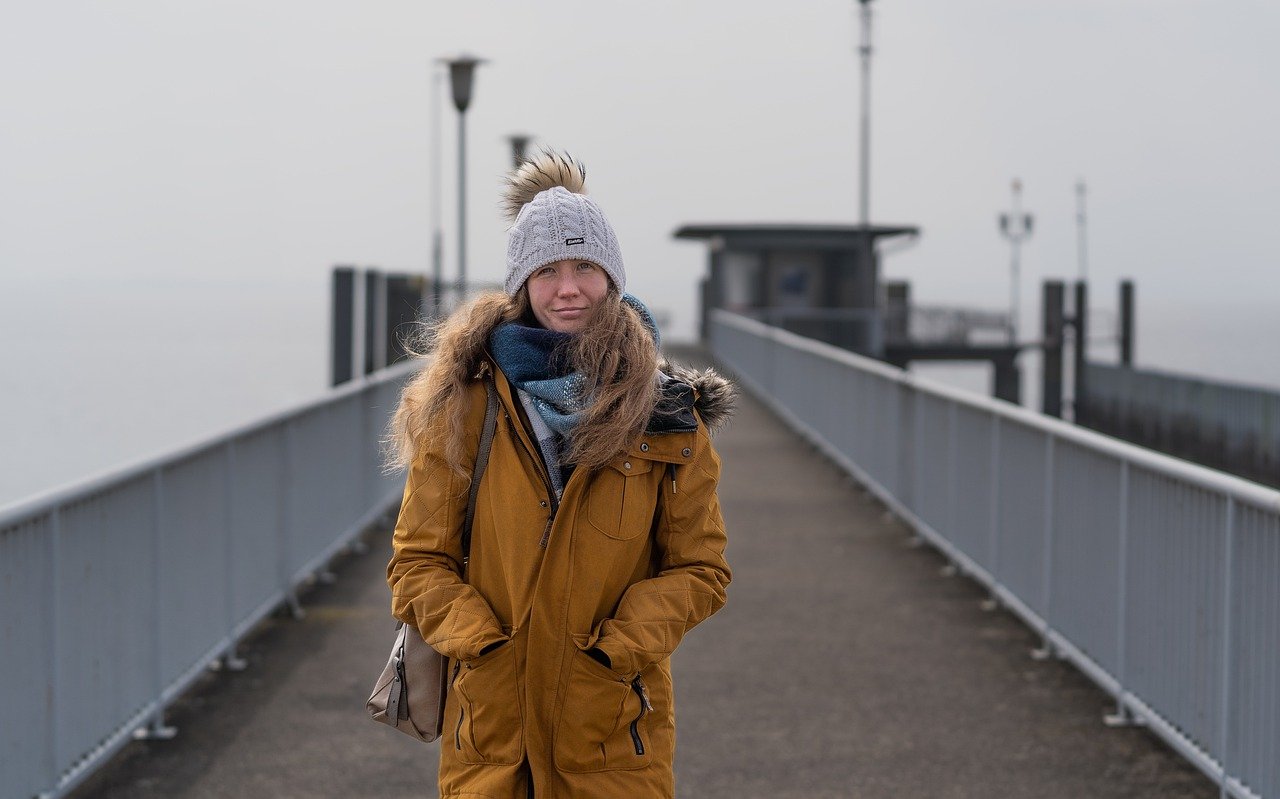In the world of fashion, knowing how to layer your clothes is a quintessential skill. As the temperatures drop and the days get shorter, you may find yourself reaching out for your warm, cozy garments. But how do you combine comfort with style? The answer lies in the art of layering. When done right, layering adds depth and dimension to your outfit, all while ensuring you stay warm and snug. In this article, we’ll delve into the intricacies of layering, offering you insights and practical advice to enhance your style and keep the winter chill at bay.
The Essentials of Layering
Before we get into the specifics, let’s first clear the air on what layering entails. At its most basic, layering involves wearing multiple pieces of clothing on top of each other. The concept might sound simple, but the execution requires a keen understanding of fabric, fit, and fashion trends.
A lire aussi : The evolution of women’s workwear
The cardinal rule of layering is to start with the thinnest material and gradually add thicker layers. You begin with a base layer that sits closest to your skin. This layer should ideally be lightweight and moisture-wicking, providing a solid foundation for the layers to come.
Choosing the Right Base Layer
Your base layer is crucial in maintaining warmth during the cold weather. It’s the layer directly in contact with your skin, so it should be comfortable and capable of retaining heat. Synthetic fabrics or merino wool are ideal choices for this layer, as they can provide warmth without adding bulk.
Cela peut vous intéresser : Finding the perfect little black dress
A nicely fitted long-sleeved shirt or a thermal turtleneck can serve as the perfect base. As this layer is also often visible, it’s best to opt for neutral tones or colors that complement the rest of your outfit.
Layering Up: Adding Middle Layers
Once you’ve settled on your base layer, it’s time to add more layers. Middle layers are all about adding warmth and creating stylish combinations. This is where you can let your fashion sense shine – think carefully about textures, colors, and silhouettes.
Sweaters, vests, and cardigans make for great middle layers. They offer substantial warmth, and there are a plethora of styles to choose from. A chunky knit sweater or a stylish wool vest can add both substance and style to your outfit.
Selecting the Top Layer
The top layer serves two purposes: it provides the most insulation against the cold, and it’s the first thing people see when they look at your outfit. Hence, the top layer should be both functional and fashionable.
Coats and jackets are the go-to options for the top layer. Choose from a vast array of options, ranging from tailored wool coats to casual denim jackets. However, remember to pick one that complements your other layers. For instance, if your base and middle layers are bulky, opt for a roomy coat. Conversely, if your under layers are slim-fit, a tailored top layer would work best.
Layering Accessories
Layering doesn’t stop at clothes – accessories can also be layered to add further depth to your outfit. Scarves, hats, gloves, and even multiple necklaces or bracelets can contribute to the layered look.
A woolen scarf wrapped around your neck not only adds an extra layer of warmth but can also introduce a pop of color or pattern to your outfit. Similarly, a hat can keep your head warm and add a stylish touch to your ensemble.
Adapting Layering to Weather Changes
Layering is versatile and can be adapted to fluctuating weather conditions. If it gets warmer during the day, you can easily remove a layer or two. Meanwhile, if the temperature plummets, you can add more layers to keep yourself cozy. This practical aspect of layering makes it a must-know skill for everyone looking to stay warm and stylish.
In sum, layering isn’t just about piling clothes on top of each other. It’s an art that requires a thoughtful combination of fabrics, fits, and colors. By mastering the skill of layering, you can successfully navigate through the winter months in a chic, comfortable manner.
The Art of Layering: Matching and Mixing
Layering clothes can be compared to creating a work of art. Both require striking a balance between different elements and making them work harmoniously. When it comes to layering, you’ll need to pay attention to a mix of colors, textures and proportions to achieve a chic and comfortable cold weather outfit.
Start by choosing the colors for your base layer, mid layer and outer layer. A safe approach is to stick with a monochromatic or tonal palette which tends to create a sleek, elongated look. However, don’t be afraid to get creative by introducing contrasting or complementary colors. You could have a brightly colored base layer peeking out from beneath a neutral mid-layer, topped with a bold outer layer.
Next, consider the textures. Combining different materials can add visual interest to your outfit. You could match a smooth silk base layer with a chunky knit mid layer and a suede or leather outer layer. Alternatively, you could experiment with patterns. Pairing a striped base layer with a solid mid layer and a plaid trench coat can be both fun and fashionable.
Finally, pay attention to proportions. Layering is all about balance. If your base layer is form-fitting, contrast it with a loose mid layer and do the reverse if your base layer is loose. Similarly, if your outer layer is a bulky woolen coat, pair it with sleek, streamlined base layers.
Remember, the key to mastering the art of layering is to have fun with it. Experiment with different colors, textures and proportions to discover what works best for you.
Layering for Utmost Comfort and Chic: Final Thoughts
Layering is indeed an art – one that helps you keep warm in cold weather while also ensuring you stay stylish. Your winter wardrobe should include a variety of pieces that can be mixed and matched to create different layered looks. From light moisture-wicking base layers to warm mid layers and protective outer layers, each piece plays a crucial role.
When selecting pieces for layering, pay attention to the material. Merino wool is a high-quality fabric that is excellent for base layers due to its warmth and moisture-wicking properties. For the mid layer, consider items like knit sweaters or vests that add warmth without bulk. Your outer layer, whether it’s a wool coat or a trench coat, should provide ample protection against the cold while also complementing your other layers.
Don’t forget the accessories. Scarves, hats, gloves and even layered jewelry can enhance your layered outfit. Add these to your wishlist and gradually build a collection that can work with different outfits.
In conclusion, mastering the art of layering requires understanding how different elements work together. It involves consideration of fabrics, colors, textures and proportions. But above all, it requires a willingness to experiment and have fun with fashion. So, whether you’re a seasoned fashionista or a style novice, layering is a skill that can elevate your fall and winter style while also ensuring you stay warm and cozy. After all, there’s no reason why cold weather should mean compromising on chic.











